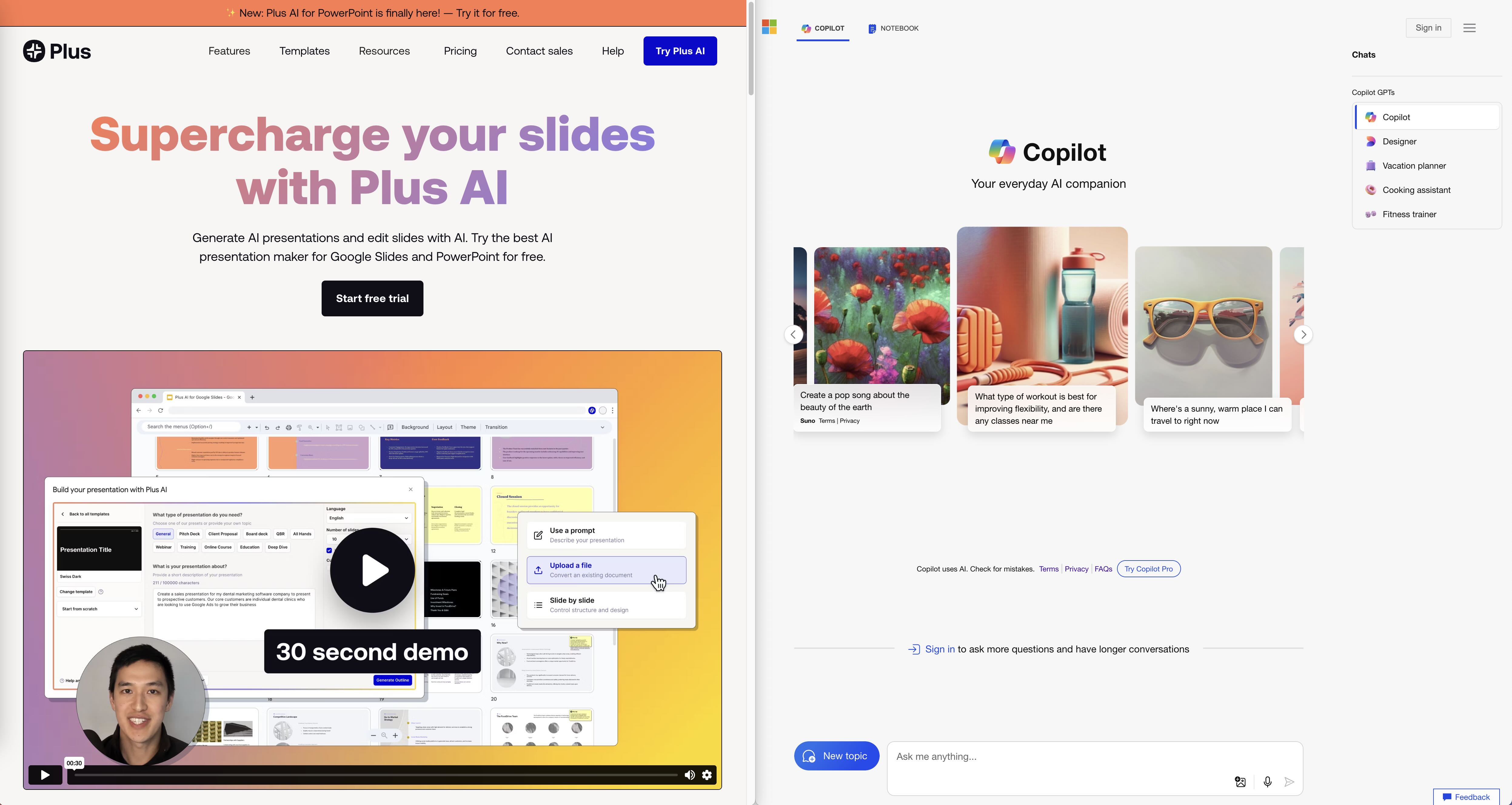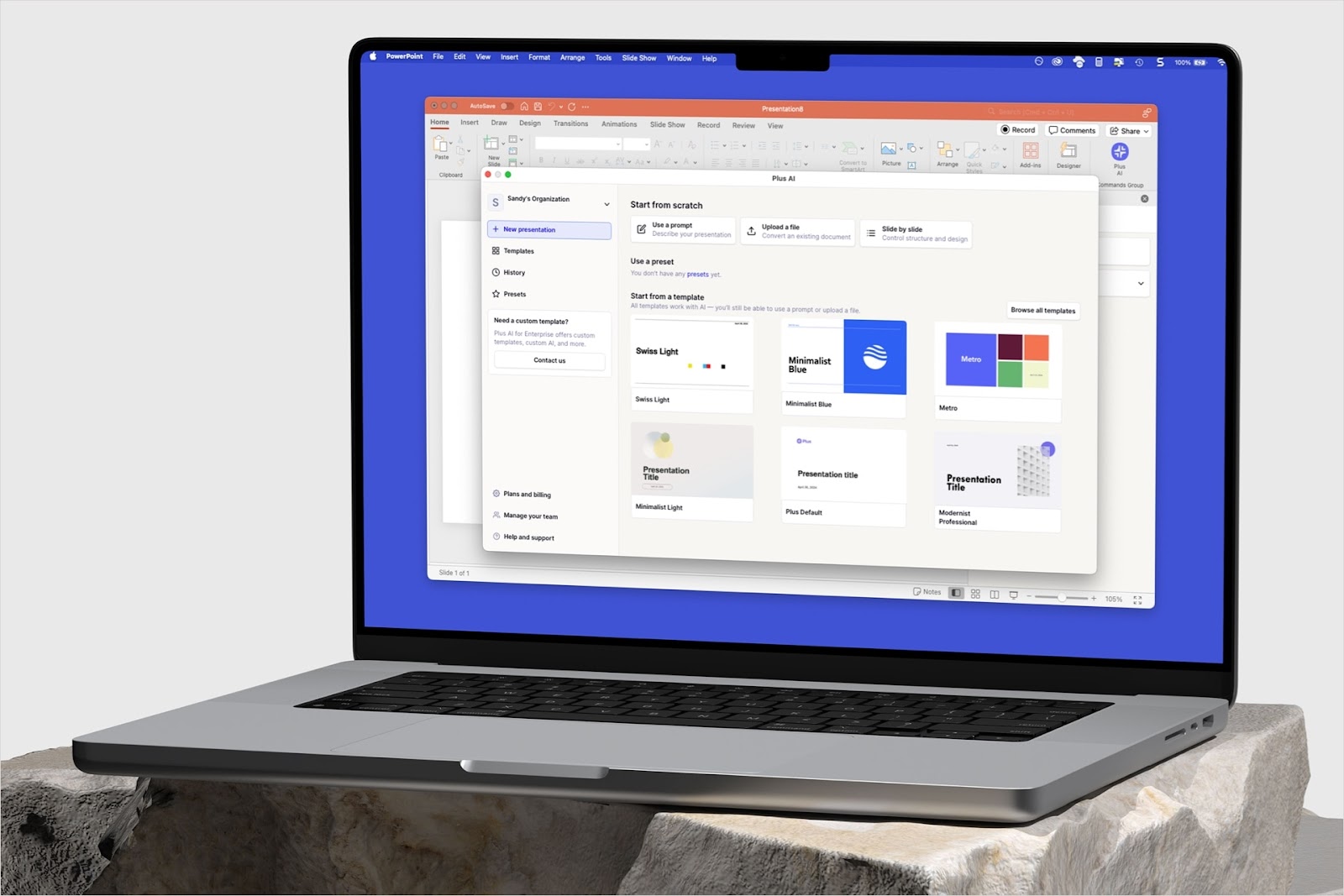Internally we like to use Plus to put together dashboards of things that would otherwise be hard to track, such as the broader US economy or global gas prices. This time we went a slightly different way and used Plus to track things going on in the sports world.
Using Plus to track global sports
Sports are increasingly globalized – some NFL and MLB games are played in London, while European football clubs play exhibition games in the US. The same is the case for TV coverage, where games are shown across borders all the time. To set the scene, here are just a few examples of how global sports have become:
- The Super Bowl is shown in ~130 countries.
- 1.5 billion people watched the FIFA Men’s World Cup Final in 2022.
- A combined 1 billion people watched the 2019 FIFA Women’s World Cup, up from 0.7 billion in 2015.
- The Premier League is shown in ~180 countries.
- The International Cricket Council (ICC) has 104 member countries.
As you can see, there is a lot to stay on top of. To solve this problem I have used Plus to create a dashboard that helps me track sports-related news and results that I follow:
The particular focus of this dashboard is probably kind of irrelevant to you, and you’ll want to track results that you specifically care about.
This is where the flexibility of Plus is helpful – you can combine live Snapshots of anything, from anywhere, to suit your interests. Sign up to Plus for free to build your personal sports dashboard in minutes. If you don’t want to use Plus Pages as the base, you can also build your dashboard in other tools, like Notion, Canva or even the Plus New Tab.
An overview of spending in sports
To stay on-trend for our usual content, we have decided to focus this last section on the financials of sports. There is plenty to cover on this topic, not least in the Premier League, where transfer spend has increased manyfold over the past years:
Salaries and salary caps
European football isn’t the only sport that spends a lot – US sports don’t command the high transfer spend of European football, but big money is paid out on remuneration. To keep leagues competitive, US sports usually limit how much each club can spend in the form of a ‘salary cap’. For example, the NBA currently has a salary cap of $123m, which is expected to increase to $134m next season. Currently 29 of 30 NBA teams are in breach of the cap – “how is this possible?” one might ask. The NBA cap is a ‘soft cap’, which means teams can breach, but will lose some privileges and potentially pay a ‘tax’. This overview the highest-spending NBA teams in 2022 makes it evident how common breaches of soft salary caps occur:
Other salary caps:
While salary caps are popularly known as an American concept, other major leagues like the Indian Premier League apply them as well:
- Indian Premier League (Cricket): $11.5m
- Major League Baseball: $230m
- National Hockey League: $82.5m
- Major League Soccer: $5.2m. An BIG asterisk here – each club is allowed three designated players who do not count towards the cap. This exemption is designed to let clubs sign three big-name players.
Financial Fair Play
European football has taken a slightly different approach to limiting spend with ‘financial fair play’ rules. In short, the financial fair play rules put caps on how much clubs can spend beyond what they make - this includes all spend, not just salaries. This effectively means that bigger clubs still have access to more money than smaller clubs, but they cannot finance their growth purely by inflows of cash from investors. The Europe-wide rule set by UEFA allows clubs to incur losses of ~$65m over three years – individual leagues have their own rules as well.
League Revenues
Of course all of this money has to come from somewhere, so an overview of league revenues seems like a good place to finish off:
What should we do next?
We hope you enjoyed our little Plus + sports piece – let us know what other unexpected dashboards you think could be made with Plus!







